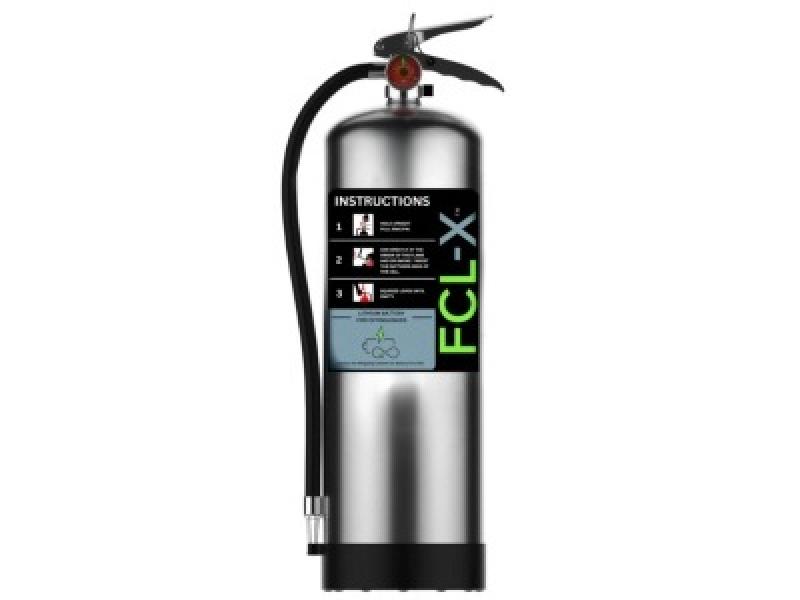
CaGBC’s Building Lasting Change event featured a virtual seminar on retrofitting buildings through aggregates (Courtesy, CaGBC)
Representatives of the Canada Infrastructure Bank (CIB) and Trane Technologies explored new programs required for building retrofits to reduce emissions from real estate properties, during the Canada Green Building Council (CaGBC)’s Building Lasting Change virtual event.
Frederic Bettez, managing director of investments at CIB, kicked off the discussion by presenting the bank’s financing program promoting aggregation.
Retrofitting existing buildings through partial measures taken over a period of time can be cost-prohibitive and time-intensive. Financing is not the only obstacle to retrofitting, however, so CIB has been trying to remove other investment barriers.
“The retrofits sector is one that is very fragmented,” Bettez said.
“This is why we decided to migrate toward an aggregator model where the CIB would invest in tranches of at least $25 million, but then outsource the origination, execution, construction and management of those projects to firms that have the expertise to design, build and operate or maintain those energy retrofits — or to the building owners, who can also do that with the help of subcontractors.”
CIB invests in retrofitting existing buildings
The CIB plans to invest $2 billion over the next three years to improve energy efficiency in existing buildings. The bank will work with both the public and private sectors in the real estate industry to reduce greenhouse gas emissions through efficiency projects, fuel switching, on-site renewable energy and storage.
The second objective is to try to transform the retrofits market and lead the way for private finance to be involved in retrofits of privately-owned buildings. It aims to push the market to go beyond the current industry norm to reach more buildings and allow for deeper retrofits.
The initiative also aims to establish energy retrofit investments as a distinct asset class. The success of the campaign would mean job creation, reduced energy usage and costs and improved building quality and affordability.
Design principles include providing financing to shift performance risk away from building owners; however, some owners will be required to provide additional revenue to ensure projects can be financed. It will drive carbon savings through debt pricing and terms tied to greenhouse gas (GHG) emissions targets.
Bettez presented two potential approaches to delivering CIB’s investments to the market:
– facilitating the development of new financial and retrofit delivery channels, including turnkey providers such as energy service companies, engineers and contractors, municipalities, utilities, and property management firms;
– directly investing in existing financial and retrofit delivery channels, including building portfolio owners and/or tenants.
CIB will invest up to 80 per cent of the cost of a retrofit project. The GHG savings threshold will be a minimum of 30 per cent in emissions reductions across the portfolio of buildings.
The bank wants to standardize its investments and is working closely with advisors and the market to move toward the Investor Ready Energy Efficiency (IREE) certification to approve projects more efficiently.
“We are also pushing for adoption of the portfolio manager of ENERGY STAR, or equivalent systems, to also come to more efficient reporting mechanisms so we don’t add operating costs to the projects, and operate them as efficiently as possible,” said Bettez.
Retrofits will not only achieve GHG savings from being more energy efficient, but also through heating decarbonization via electrification or other solutions and on-site “behind-the-meter” renewables and energy storage.
Trane Technologies sees aggregation as opportunity
Leon Hawkins, an energy solutions leader at Trane Technologies, also presented during the session. Trane accelerates clean technologies, addresses system energy efficiency and is also working on transitioning refrigerants.
“We have a long history of being in the HVAC business, and in the past couple years, we’ve been making significant investments where we challenge what’s possible for a sustainable world,” Hawkins said.
“We see a great opportunity to build this out into the private sector and commercial buildings, but we really see the opportunity to take advantage of the existing inefficiencies that are already in place in these buildings and use those existing operating costs to help fund a project to be able to ultimately make the building more green, make it more marketable and provide a great opportunity to deliver projects.”
Through the Gigaton Challenge, Trane has pledged to help reduce the world’s GHG emissions by one billion metric tonnes. The company also makes key investments in energy solutions.
“We see aggregation, and whether that’s within a portfolio, whether that’s through an aggregator, or as a collective of buildings and facilities, we see that opportunity to help reduce that project development transaction cost, and generally that’s always been a barrier for energy services companies in the past,” said Hawkins.
“Through an aggregation model, we can simplify the process, help remove some of the steps and help share some of the benefit across a number of areas.”
One challenge for businesses is trying to figure out how to take their organizations from a capital expenditure budget and implement projects year-over-year.
He points to aggregation as a solution: “Using this aggregation benefit, using the financial lending support from the CIB and others, as well as working with energy services companies — like Trane — can help build out an overall comprehensive project.”
About CIB, Trane, CaGBC and BLC
The CIB is a federal initiative to invest $35 billion of Canadian government funding in revenue-generating infrastructure projects that are in the public interest and attract private capital.
CIB’s coast-to-coast projects reflect its core sectors for investment – green infrastructure, clean power, public transit, trade and transportation and enhanced broadband infrastructure.
Trane diversified manufacturing company, headquartered in Ireland, creates energy-efficient indoor environments for commercial and residential applications. Using environmentally friendly practices, the company also provides climate-controlled solutions to move refrigerated food, medicines and other perishables around the world.
The CaGBC is a not-for-profit, national organization working since 2002 to advance green building and sustainable community development practices in Canada. The CaGBC is the Canadian license holder for the LEED green building rating system and supports the WELL Building Standard in Canada.
CaGBC’s Building Lasting Change online event features green buildings’ leaders and innovators providing insightful conversation and actionable strategies to help companies reach their sustainability goals.









